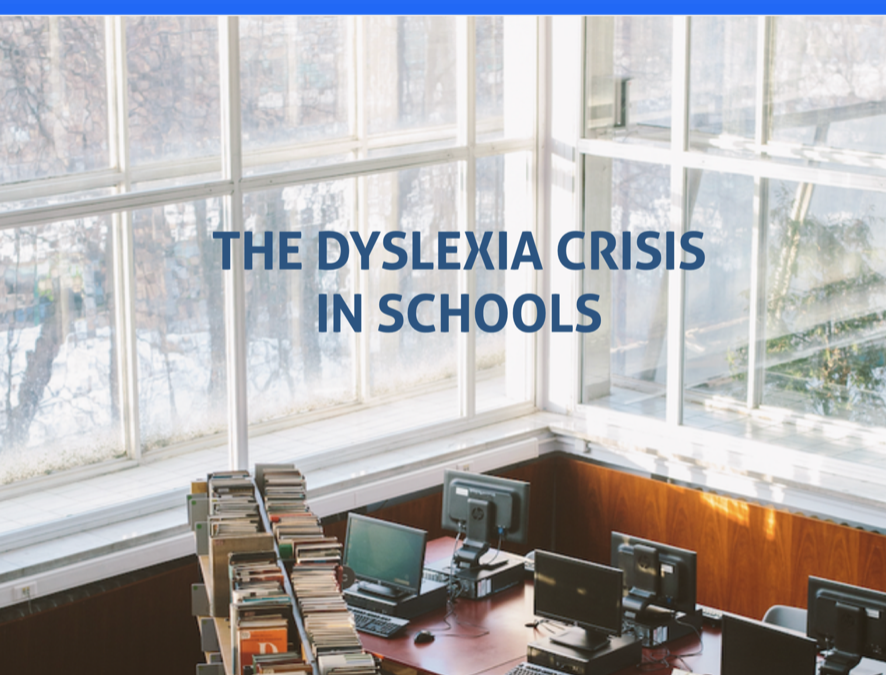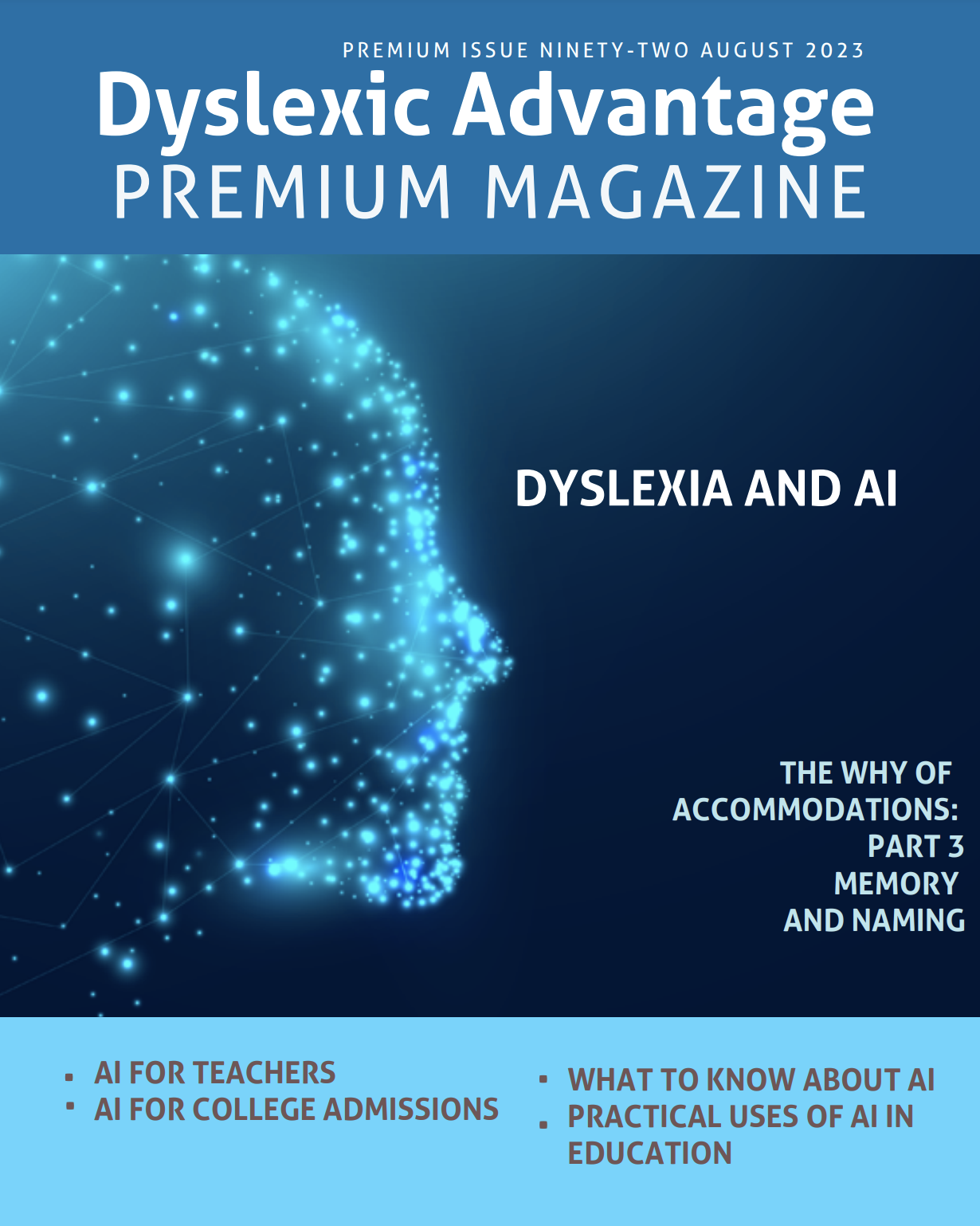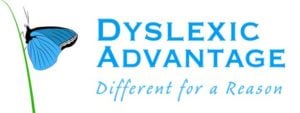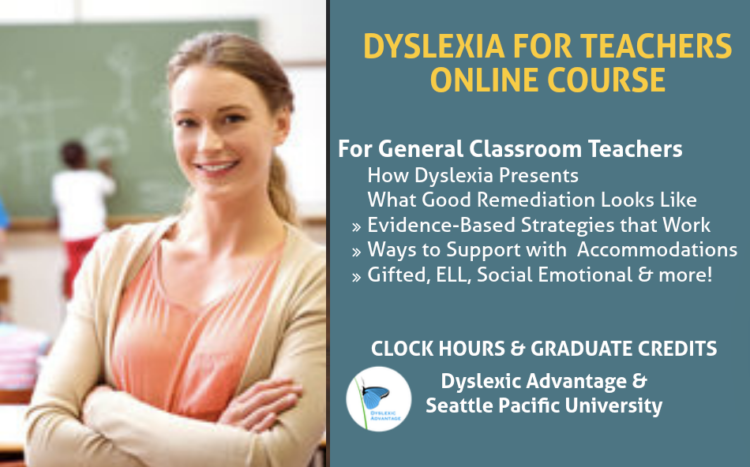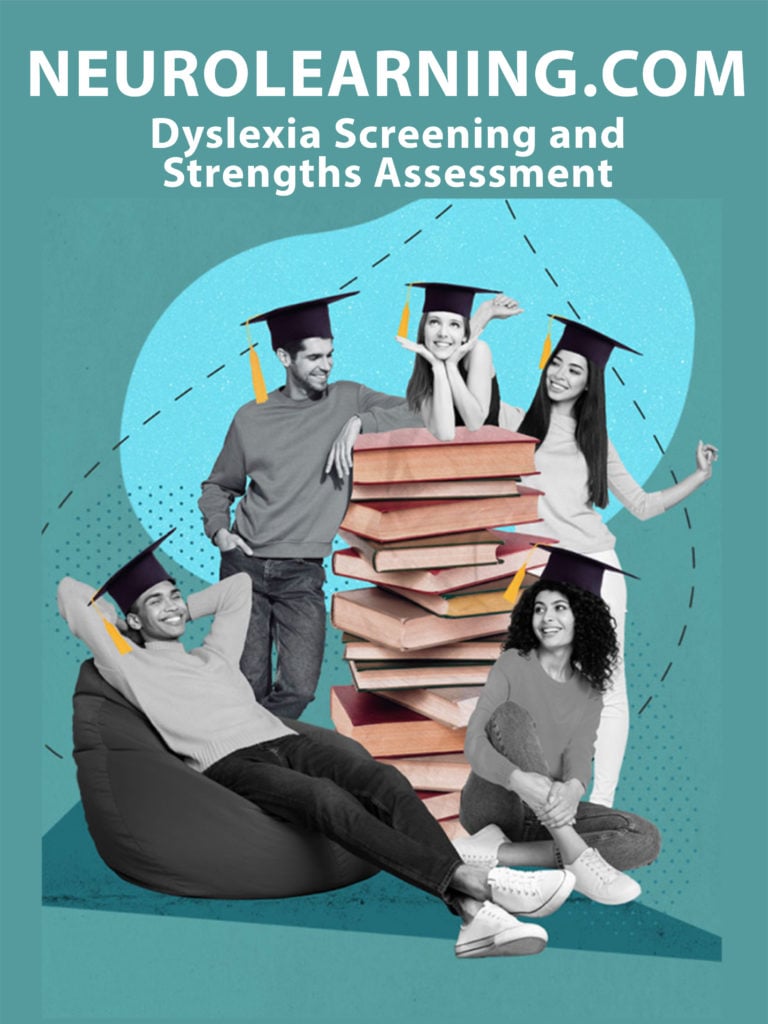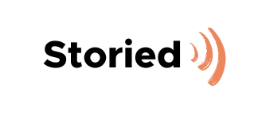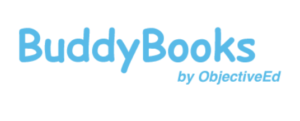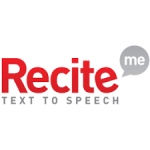 The house is on fire.
The house is on fire.
There is a conflagration of factors coming together that are affecting dyslexic students in public school beyond COVID.
COVID certainly has its share of blame and breaking the camel’s back when it comes to providing essential services to dyslexic students. If you have a student in public schools now, get informed and be prepared to advocate and supplement your student’s education if necessary.
The San Francisco Examiner recently discussed the devastating consequences for dyslexic students in the midst of the pandemic.
COVID CLASSROOMS – HARD FOR STUDENTS TO HEAR AND SEE
With the requirement to distance and wear a mask, it is harder than ever for dyslexic students (who often have auditory, visual and motor imitation difficulties) to accurately register the correct sound pronunciations that are required for fluent and automatic reading. Some classrooms have plexiglass barriers which also create sound dampening and distortion and worsen auditory perceptions.
SHORTAGE OF SPECIALISTS, PARA-EDUCATORS, SCHOOL PSYCHOLOGISTS
With the shortage of specialists like reading specialists, speech language pathologists, paraeducation professionals, and school psychologists, it is even less likely that students who need frequent intensive remediation will get it.
With extreme shortages in school psychologists, long waitlists are arising for students to get tested and some districts are resistant to getting classrooms or even students at-risk to be assessed because they worry that too many students will be identified.
SCHOOL REQUIREMENTS REGARDING DYSLEXIA BEING WAIVED DUE TO PANDEMIC
Despite successful dyslexia laws being passed, some pauses are being put in place due to the “unprecedented pandemic”, while other implementation laws are being tabled (like California SB 237) in the setting of other educational priorities.
As a result, if your student is at a critical point in his or her needing to receive remediation in dyslexia, they may not receive the attention or intervention they need.
MISTAKES IN DYSLEXIA SCREENING
Despite high hopes after initial waves of dyslexia legislation, the bar in dyslexia screening has been lowered to such a degree in some cases that it becomes pointless. Some reading software companies have rebranded reading placement tests as “dyslexia risk screeners” although they do not identify dyslexia and consequently won’t make specific recommendations regarding intervention, accommodations, or assistive technology.
Professionals with a comprehensive understanding of dyslexia know that dyslexia is much more than reading. There are writing and spelling implications, but also many aspects of learning specialized subjects like foreign language. A student is not formally identified won’t receive the appropriate level of support and education or accommodations to show the depth of their knowledge and understanding on standardized tests, college entrance exams, and professional licensing exams.
Universities have also made fundamental miscalculations in their planning for school screeners. In the idea that screening tests might be able to test for dyslexia risk before students even started school (pre-kindergarten), resources were thrown behind screening 5 and 6 year olds instead of older students who are fallen behind and otherwise seem to have no hope of catching up. If these programs are to develop their tests for older students, now they will have to deal with potential confounding effects that the pandemic has had on all students in terms of setting new norms.
Over-emphasis or even exclusive emphasis on pre-kindergarten screeners was a mistake magnified by the fact that there have been huge drops in preschool and kindergarten enrollments. Read more about this in The Pandemic Exodus: Kindergarten Enrollment Drops.
IT’S UP TO YOU
The intent of this article is not to point any fingers, but rather wake the community up about the crises that affecting the education of dyslexic students.
If you have a student who has languished in basic skills of reading, writing, and spelling, then get your student assessed and develop a plan to target weaknesses.
Dyslexia can be screened using the inexpensive Neurolearning App and more extensive testing can be performed by a learning specialist, educational psychologist, or even private school for learning differences (school may do this as a service, and not require enrollment). Being equipped with knowledge can help you know how to design your student’s education.
Be careful about relying on “adaptive” software programs. Some students may do well with them, but many students learn best by 1-on-1 experiences, so working with a tutor, parent, other relative, or friend of the family. Working regularly, even just a few minutes a day can lead to tangible successes and a reset on learning.
There are many outstanding curricula and programs that are designed for new homeschooling parents or tutors. Some have online training and coaching.
If you need more in-depth knowledge about dyslexia than this newsletter, you can also become a Premium Subscriber or enroll in one of our courses. Also feel free to ask questions by email or discussion forums at DyslexicAdvantage.org. Every bit of information you gain can help your students.

